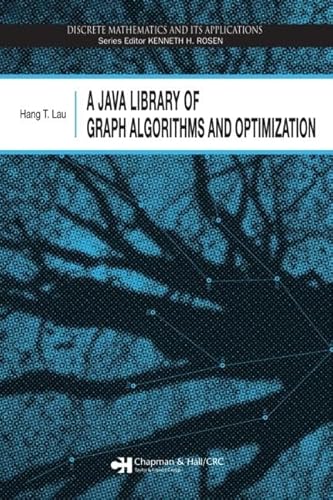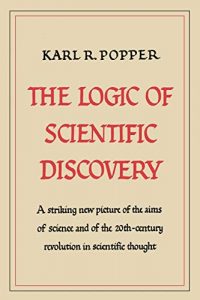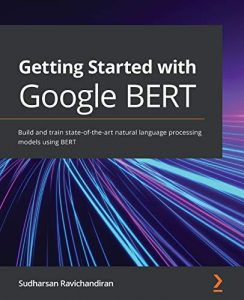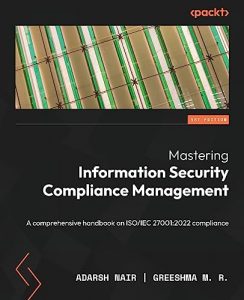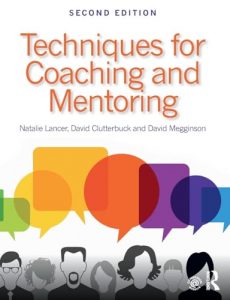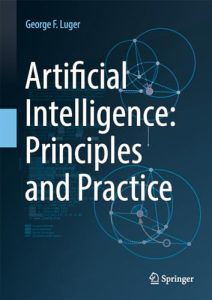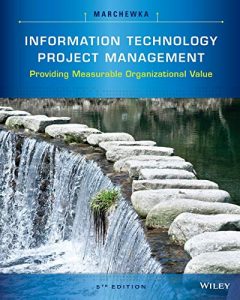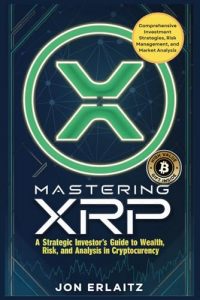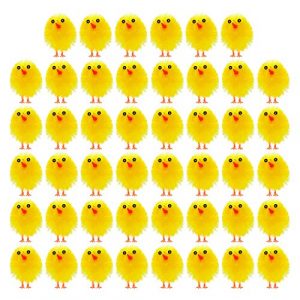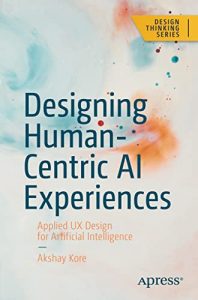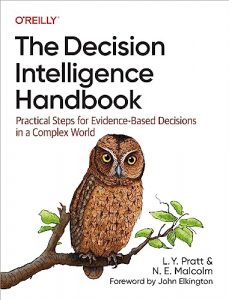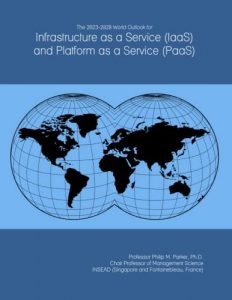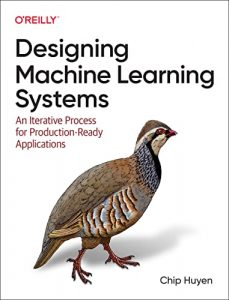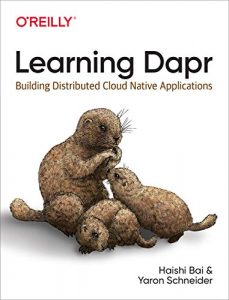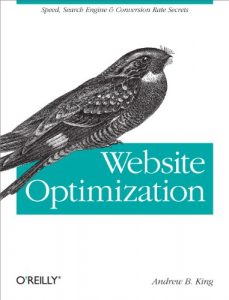A Java Library of Graph Algorithms and Optimization
Written by Hang T. Lau, “A Java Library of Graph Algorithms and Optimization” delves into the intricate world of graph algorithms using Java. This book stands out as an essential guide for computer scientists and developers by providing a rich library of algorithms that can be implemented seamlessly in Java. The theoretical foundations are well-balanced with practical applications, making it perfect for both students and professionals. The clarity of explanations, combined with robust code examples, ensure that readers can easily grasp complex concepts of graph optimization.
Handbook of Approximation Algorithms and Metaheuristics: Volume 2
Teofilo F. Gonzalez’s “Handbook of Approximation Algorithms and Metaheuristics” is a powerful reference that covers both classical and contemporary approximation techniques. Volume 2 focuses on emerging applications and provides insights into cutting-edge research and methodologies that shape the field today. Each chapter is crafted by leading experts, making this handbook a treasure trove of knowledge for anyone involved in algorithm design or research. The comprehensive overview helps readers to not only understand the algorithms but also apply them practically across various domains.
Graph Sampling
Li-Chun Zhang’s “Graph Sampling” is an incisive exploration of sampling graph data effectively. As our world becomes increasingly data-driven, the ability to glean insights from sampled data is crucial. This book provides a coherent overview of sampling techniques, discussing their significance and application in various complex systems including social networks and biological pathways. The balance of theoretical concepts and practical implementations makes this a recommended read for researchers and practitioners alike seeking to enhance their knowledge of graph sampling methods.
Mathematical and Algorithmic Foundations of the Internet
Co-authored by Fabrizio Luccio, Linda Pagli, and Graham Steel, “Mathematical and Algorithmic Foundations of the Internet” presents a comprehensive analysis of the mathematical foundations underpinning internet technologies. It provides a thorough understanding of the algorithms that drive the modern internet. This book is ideal for students and professionals aiming to deepen their insights into the intersection of mathematics and computer science that can greatly influence web communications and data management strategies.
Patterns of Data Modeling
Michael Blaha’s “Patterns of Data Modeling” is a gem for database enthusiasts and data architects. This book elucidates the significance of data modeling patterns through practical examples and case studies. It provides a clear framework for understanding the principles of data design, which is vital in today’s database-driven environments. Whether you’re an aspiring data professional or an established expert, you will find this book indispensable for refining your modeling skills.
Practical Graph Mining with R
“Practical Graph Mining with R,” authored by Nagiza F. Samatova and her peers, unlocks the potential of R for graph mining. This book covers a wide array of techniques and applications in graph mining, making it essential for both beginners and seasoned data scientists. The hands-on approach, along with real-world datasets and code snippets, provides a practical backdrop for gaining proficiencies needed to tackle complex graph-related problems.
Quantitative Graph Theory: Mathematical Foundations and Applications
In “Quantitative Graph Theory,” Matthias Dehmer and Frank Emmert-Streib provide a solid fusion of theory and application in the realm of quantitative methods in graph theory. This book is remarkable for its detailed examination of metrics and their applications in real-world problems. Offering a blend of mathematical rigor and practical relevance, it is a vital addition for anyone looking to understand the quantitative aspects of graph theory.
Biological Network Analysis: Trends, Approaches, Graph Theory, and Algorithms
Pietro Hiram Guzzi and Swarup Roy’s “Biological Network Analysis” presents a unique perspective on how graph theory applies to biological data. This book tackles a critical area at the intersection of biology and computer science, illustrating how graph algorithms can be used to analyze complex biological networks. This book is an indispensable resource for bioinformaticians and anyone interested in the computational aspects of biological research.
An Introduction to Discrete Mathematics
Vidyadhar Kulkarni’s “An Introduction to Discrete Mathematics” is a gateway for students venturing into discrete mathematics. Offering a thorough introduction to key concepts such as logic, sets, and combinatorics, this book helps lay a solid foundation for further studies in mathematics and computer science. Its systematic approach and engaging examples make this an excellent choice for novice learners looking to grasp the essentials of discrete mathematics.
Introduction to the Mathematics of Operations Research with Mathematica®
Kevin J. Hastings’ “Introduction to the Mathematics of Operations Research with Mathematica®” effectively bridges mathematical theories with operations research applications. This book is fantastic for professionals and students interested in how mathematical modeling and optimization can be solved using Mathematica. The integration of theory with practical coding examples makes this book a crucial asset for anyone keen on applying mathematics to solve real-world problems.

